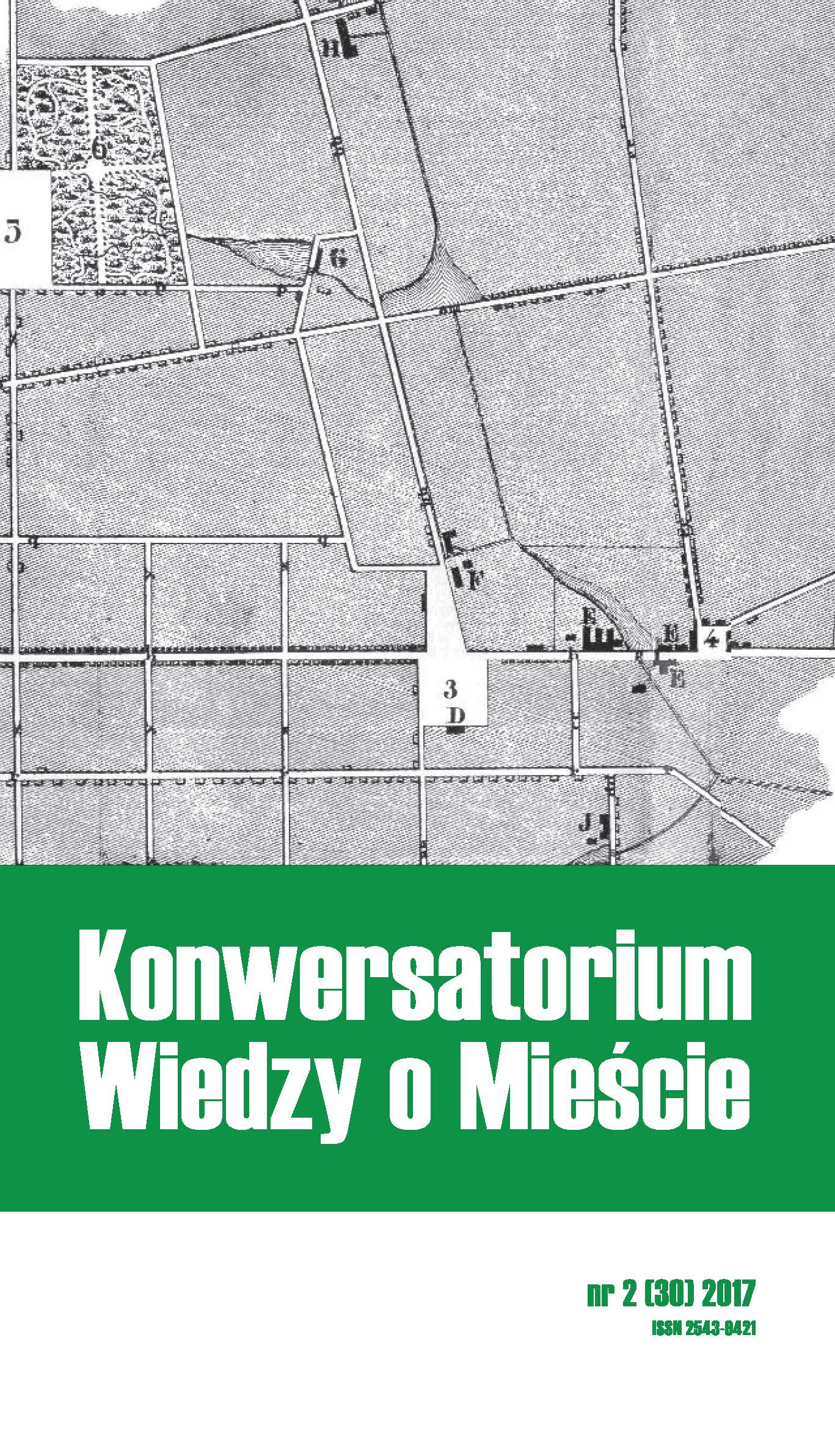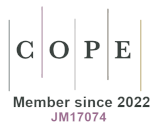Zróżnicowanie depopulacji wynikającej z migracji na przykładzie Trójmiasta
DOI:
https://doi.org/10.18778/2543-9421.02.07Słowa kluczowe:
depopulacja, kurczenie się miast, tereny podmiejskie, tereny przymiejskie, granica miastaAbstrakt
Depopulacja ma różne przyczyny, które wpływają na znaczenie tego zjawiska dla miast. Podstawowymi są: migracje, ujemny przyrost naturalny, wojny i katastrofy naturalne. O ile te dwie ostatnie przyczyny mogą mieć skutek definitywny dla miasta, to migracje w zależności od kierunku nie są już tak jednoznaczne. Mogą mieć one skutek jedynie formalny – w przypadku migracji do miejscowości przymiejskich, położonych w sąsiednich gminach, ale stanowiących bezpośrednią kontynuację miasta, lub definitywny – w przypadku odpływu ludności do dalszych terenów podmiejskich, lub do innych miast i regionów.
Bibliografia
Berg van der L., Drewett R., Klassen L.H. Rossi A., Vijvberg C.T.H, 1982, Urban Europe: a study of growth and decline, 1, Pergamon, Oxford.
Google Scholar
Grossmann K., 2007, Am Ende des Wachstumsparadigmas? Zum Wandel von Deutungsmuster in der Stadtenwicklung. Der Fall Chemnitz, Transcript Verlang, Bielefeld.
Google Scholar
Goetzmann W.N., Spiegel M.I., Wachter S.M., 1996, Suburbs and cities, Yale School of Management, working paper.
Google Scholar
Haase A., Herfert G., Kabisch S., Steinfühler A., 2012, Reurbanizing Leipzig (Germany): Context conditions and residential actions, Europeaz Planning Studies, 20, 7, s. 1173–1197.
Google Scholar
Jaroszewska E., Stryjakiewicz T., 2014, Kurczenie się miast w Polsce, [w:] T. Stryjakiewicz (red.), Kurczenie się miast w Europie Środkowo-Wschodniej, UAM, Poznań.
Google Scholar
Kantor-Pietraga I., 2014, Systematyka procesu depopulacji miast na obszarze Polski od XIX do XXI wieku, Wyd. Uniwersytetu Śląskiego, Katowice.
Google Scholar
Korcelli P., 1969, Rozwój struktury przestrzennej obszarów metropolitalnych Kalifornii, „Prace Geograficzne”, 78, IGiPZ PAN, Warszawa.
Google Scholar
Makowski M., 2014, Kurczenie się miast: definicje i koncepcje, [w:] A. Zborowski (red.), Człowiek, społeczeństwo, przestrzeń, Instytut Geografii i Gospodarki Przestrzennej UJ, Kraków, s.131–143.
Google Scholar
Radzimski A., 2015, Między miastem kurczącym się a reurbanizacją. Zróżnicowanie rozwoju miast w Niemczech w latach 1995 –2002, „Przegląd Geograficzny”, 87, 4, s. 659–682.
Google Scholar
Stryjakiewicz T. (red.), 2014, Kurczenie się miast w Europie Środkowo-Wschodniej, UAM, Poznań.
Google Scholar
Turzyński M., 2014, Gdzie kończy się miasto a zaczyna wieś?, [w:] A. Wolaniuk (red.), Centra i peryferie w okresie transformacji ustrojowej, „Konwersatorium Wiedzy o Mieście”, XXVII, Wyd. Uniwersytetu Łódzkiego, Łódź, s. 39–53.
Google Scholar
Turzyński M., 2015, Bariery i czynniki rozwoju osadnictwa strefy podmiejskiej Gdańska, [w:] A. Wolaniuk (red.), Współczesne czynniki i bariery rozwoju miast, „Konwersatorium Wiedzy o Mieście”, XXVIII, Wyd. Uniwersytetu Łódzkiego, Łódź,s.277–290.
Google Scholar
Pobrania
Opublikowane
Jak cytować
Numer
Dział
Licencja

Utwór dostępny jest na licencji Creative Commons Uznanie autorstwa – Użycie niekomercyjne – Bez utworów zależnych 4.0 Międzynarodowe.









